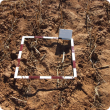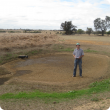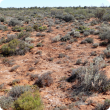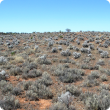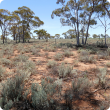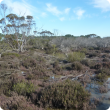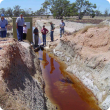Filter by regions:
- (-) Remove Goldfields-Esperance filter Goldfields-Esperance
- (-) Remove Mid West filter Mid West
- Wheatbelt (711) Apply Wheatbelt filter
- Great Southern (710) Apply Great Southern filter
- South West (689) Apply South West filter
- Peel (636) Apply Peel filter
- Gascoyne (514) Apply Gascoyne filter
- Perth regions (508) Apply Perth regions filter
- Pilbara (460) Apply Pilbara filter
- Kimberley (445) Apply Kimberley filter

